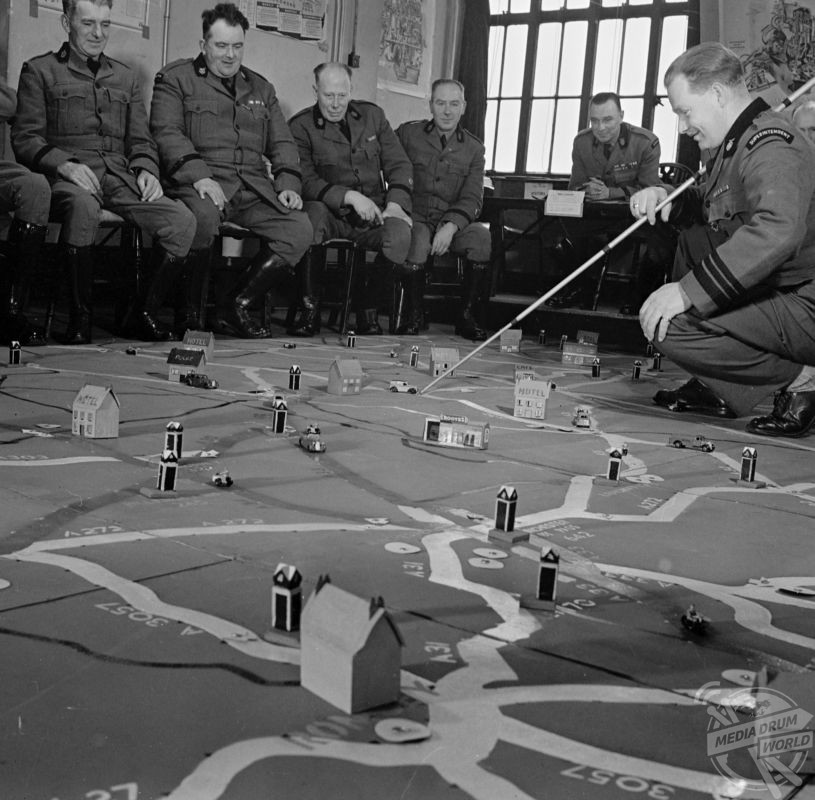
By Alex Jones
REMARKABLE photos from seventy years ago celebrate one of the UK’s most famous driving associations reaching one million members – and how the organisation grew from a handful of disgruntled drivers looking to avoid speeding fines to one of the country’s most trusted car insurance providers.
Striking monochrome images, taken circa 1950, capture uniformed AA patrolmen being put through their paces at the Automobile Association’s new driving school; discussing the hazards of a ‘deathtrap’ corner; and examining well-worn items in the ‘school of destruction’ – a collection of car parts that have been left threadbare after years of service.
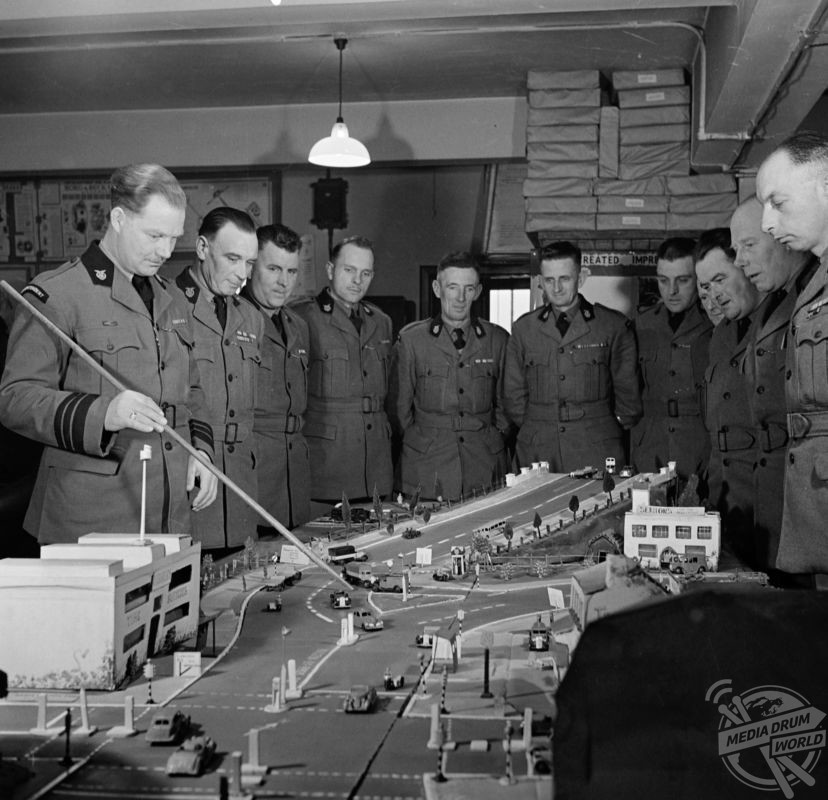
Another incredible shot shows the road-bound mechanics grappling with new tyres – with patrolmen expected to be able to replace a damaged tyre in ‘seconds flat’.
The AA began as a protest movement against overzealous policing way back in 1905. A small group of motoring enthusiasts banded together to warn fellow drivers about speed traps set up to catch unwary motorists. Originally called the ‘Motorists Mutual Association’, the organisation voted to change its name to the Automobile Association (AA) just weeks later, creating history in the process.
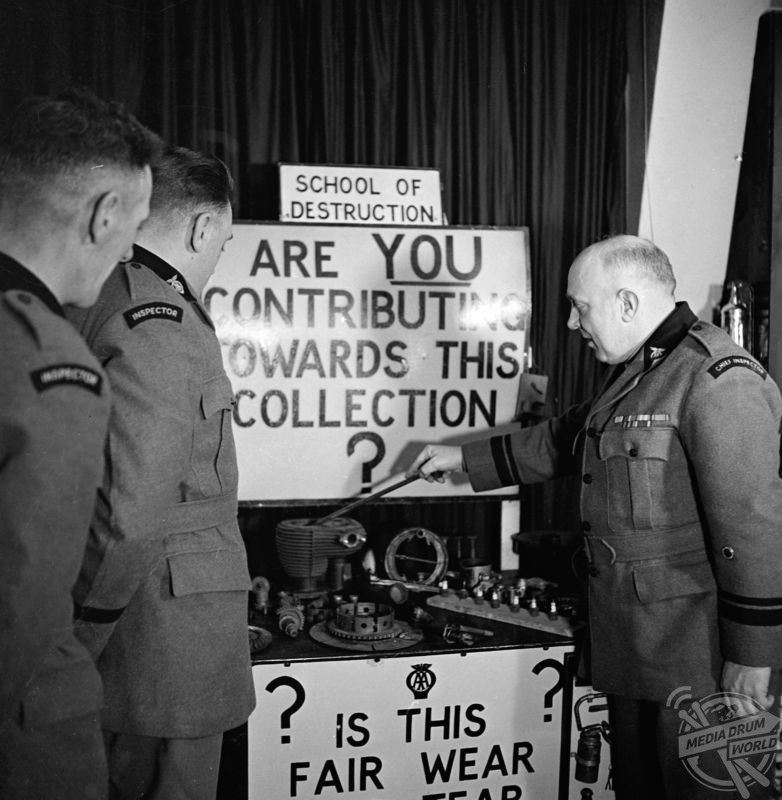
Initially the group employed cycle scouts to patrol main roads and ‘warn members of any police traps ahead’. Initially, a motor cyclist and three pedal cyclists were recruited.
As motoring became more popular, so did the AA – from 100 members in 1905, 83,000 by 1914, 1,000,000 by 1950, and more than double that today.
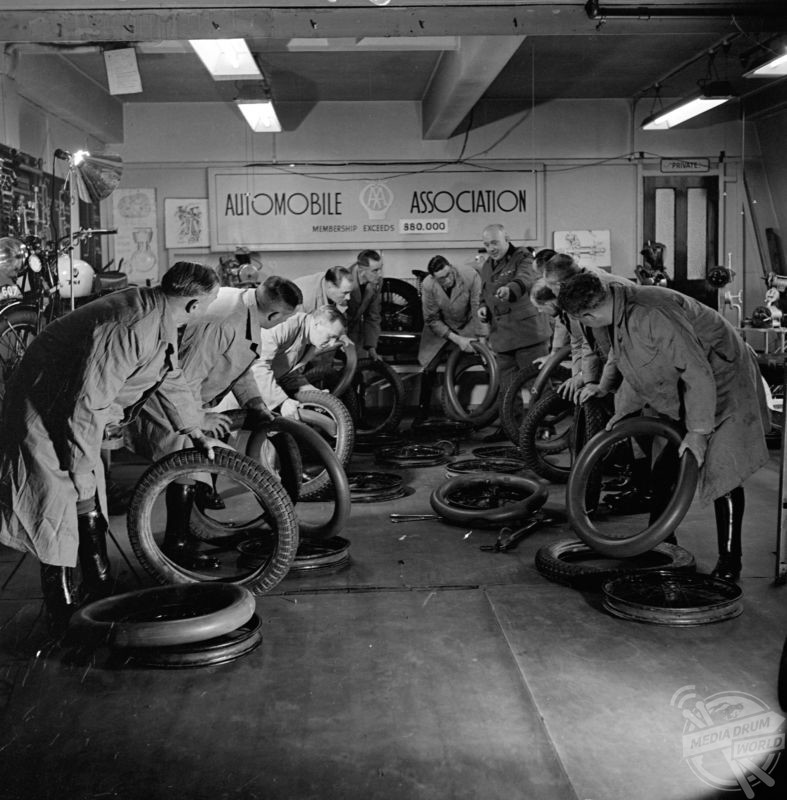
The first AA patrols had no uniforms and only basic bicycles. They worked at weekends only, patrolling the Brighton and Portsmouth roads where their official duties were laid down as ‘indicating dangers on the road and helping motorists who had broken down’. Uniforms were issued from 1909, by which time there were patrols all over the country, including Scotland.
In 1907 the first AA insurance policy was launched – arranged with Lloyds and with no profit going to the AA. In 1906 a legal defence fund had been set up to ensure legal representation and payment of lawyers’ fees. The AA took no more active part in motor insurance until 1967.
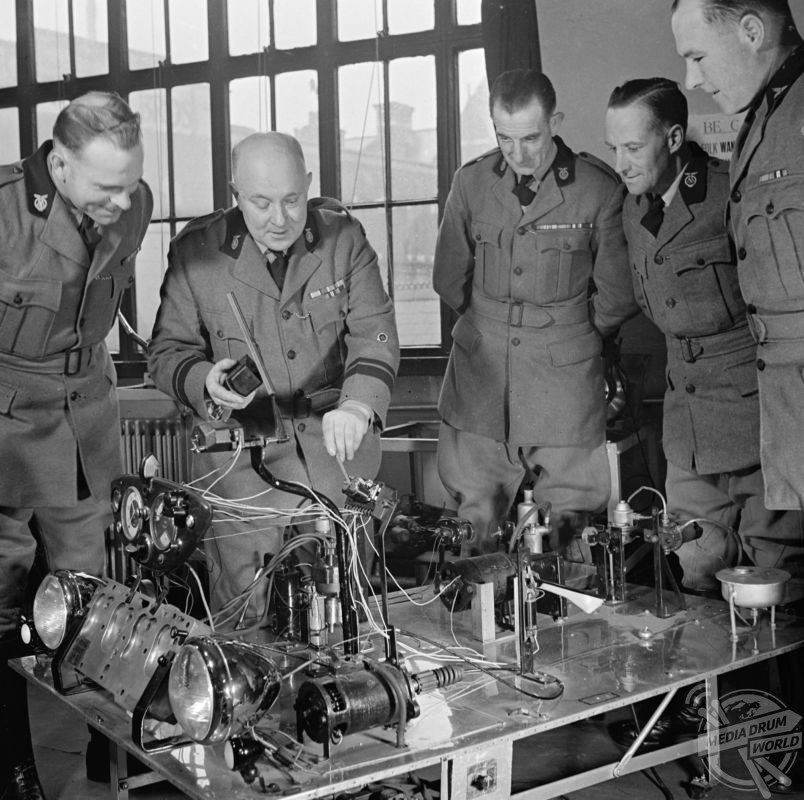
In 1948 the company set up the Automobile Association’s school for patrolmen in a large three story building in Camden Town, London, which ensured that all members of staff were properly trained and equipped for the UK’s roadways.
Today, the group boasts the largest fleet of roadside patrol vans in the UK and also offers driving lessons, car reviews and produces guides for accommodation, pubs and restaurants. It also offers a range of insurance options.






